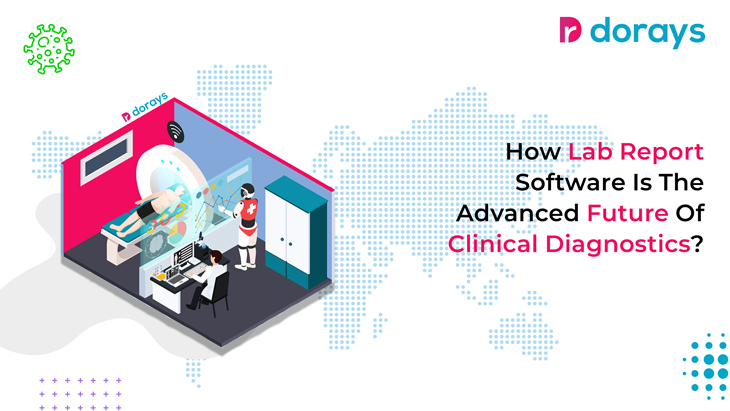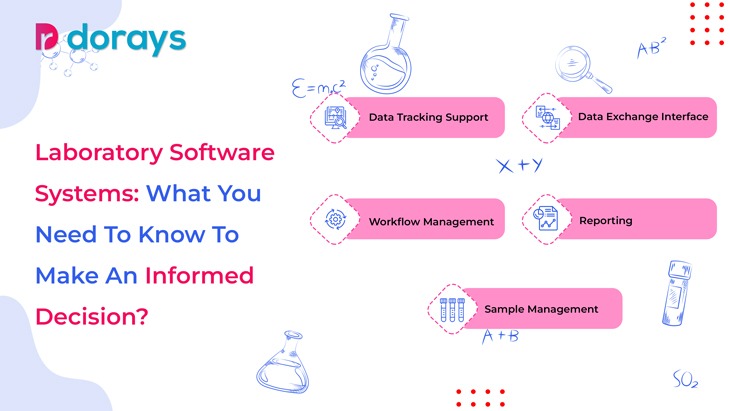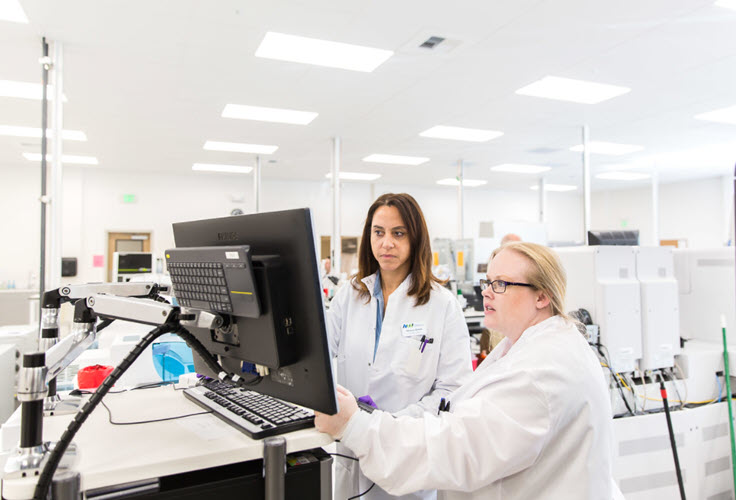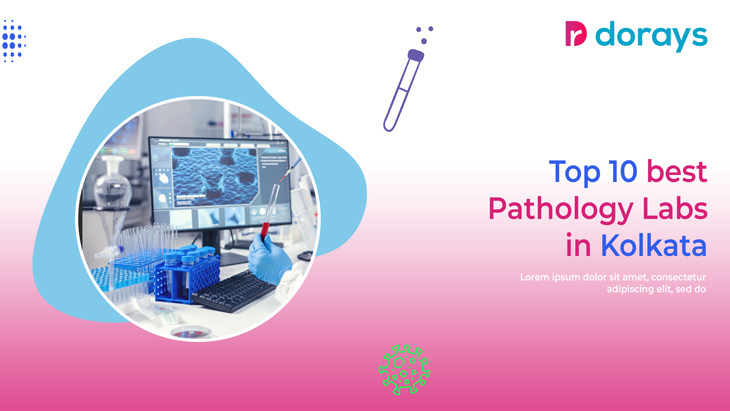The best and most convenient instrument for hospital management to offer faster results is pathology lab software. It is valuable and essential in diagnostic labs. It can help the experts examine the process of healthcare administration more closely.
Pathology is undergoing a shift as many elements of the medical profession have become more digital. Let’s look at some critical advances in medical research that elevate clinical diagnostics to a whole new level to understand it better.
Future Innovations in Pathology
Lab report software opens up the possibility of using digital tools to evaluate slides further. AI programmes that you can place over these images allows you to assess the data, improve diagnoses, and reveal insights. It also assists in acquiring corporate information through data mining to gain a better understanding of pathology reports. It processes effective use of the results to enhance patient health and pathology solutions.
Also Read: Laboratory Software Systems: What You Need To Know To Make An Informed Decision?
Digital pathology, with the support of the correct kind of platform, can let pathologists exchange images with colleagues when needed, just as cloud computing and digital media have made it easier to collaborate, store, and manage medical photos taken in the radiology department. Pathologists, doctors, and other healthcare professionals on a patient’s medical team may be able to give better, more efficient care.
By now, digital pathology lab software is the field’s future. The digital slide picture gradually replaces the glass slide on the microscope’s stage, despite considerable disbelief about its place in the lab and delayed adoption in many institutions.
Lab report system is appealing because of its flexibility, accuracy, and ability to apply ever-improving informatics and image analysis techniques. However, considerable obstacles remain – the initial cost, disturbed processes, and altered infrastructure required for adoption prohibit many labs from realising the full promise of digital pathology.
Benefits of Pathology Lab Report Software
The automation of lab processes has become critical for all types of work. The software enhances the lab’s overall capability and ensures accurate reports. The testing can ensure that the facility in lab report software is available without the need for manual operation or unnecessary rework.
Following are the benefits of using pathology lab report software.
Time-Saving
The transfer of samples is a time-consuming process that takes up most of the time while presenting reports. It takes time to register instances before sending them from the collection hub.
In a robust Lab Information System, there is a different sample tracking model and the base of the batch sheet. It assigns a barcode to the entire batch before sending the samples to the processing chamber.
Fast operations save lives.
Every minute counts when dealing with test reports that contain abnormal results that could endanger someone’s life. As a result, Lab report system can send an automatic alert to the concerned doctor. It allows them to take immediate action, which saves life.
Information Security
The quality of test data has a significant impact on testing quality. Manually creating quality test data takes time and can result in live database copies. As a result, the solutions assist in the creation, protection, and reuse of the test database. In addition, the cost and time savings are significant in this sector.
Lower expenses
Even though the initial cost is usually higher, this approach can save a lot of money. It’s due to a significant reduction in the time required for testing. It can also provide higher-quality work while lowering the need for post-release problem resolution and saving money on project costs.
Final Thoughts
It’s a versatile tool that may be utilised in laboratories alongside excellent healthcare products to suit a wide range of requirements. COVID and its implications for how we work, the economy, and our psychology have ushered in a long-overdue transformation in the modern healthcare sector.







Leave a Comment